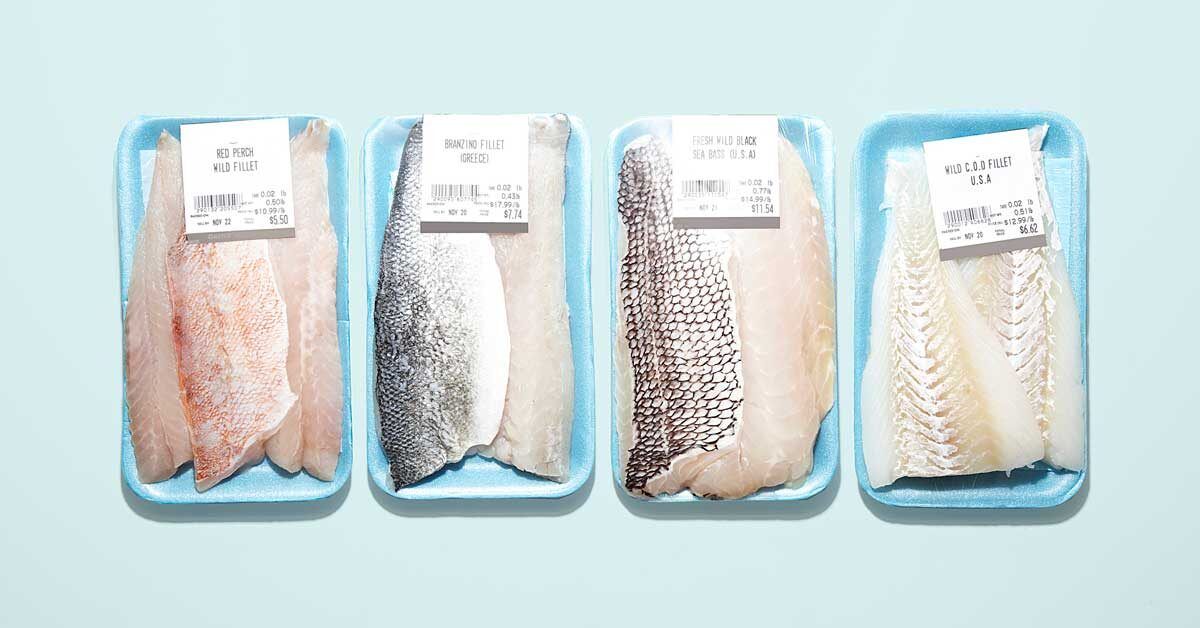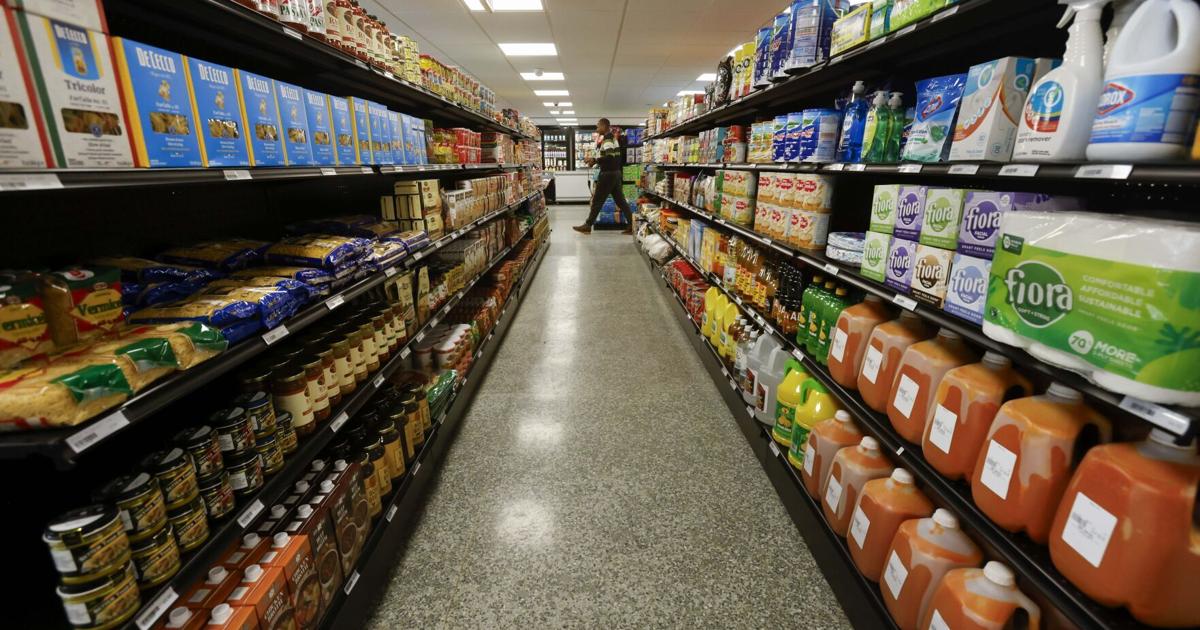We include products we think are useful for our readers. If you
buy through links on this page, we may earn a small commission or
other tangible benefit. Wellos and Healthline Media are owned by RVO Health. Here’s our process.
How we vet brands and products
Healthline only shows you brands and products that we stand behind.
Our team thoroughly researches and evaluates the recommendations we make on our site. To establish that the product manufacturers addressed safety and efficacy standards, we:
- Evaluate ingredients and composition: Do they have the potential to cause harm?
- Fact-check all health claims: Do they align with the current body of scientific evidence?
- Assess the brand: Does it operate with integrity and adhere to industry best practices?
We do the research so you can find trusted products for your health and wellness.
High protein low fat foods can be good for muscle building and possible weight loss. Choose a variety of plant and animal sources, such as white-fleshed fish, egg whites, and beans, for best results and balanced nutrition.
Protein is an essential component of healthy nutrition. Beyond its essential roles in building and maintaining muscle and tissues in your body and helping regulate many body processes, protein also helps promote satiety (fullness) and may aid in weight management.
Fortunately, there are a variety of lean animal and plant sources of protein that can help you meet your quota.
According to the
Here are 13 lean protein foods to consider.
Most white-fleshed fish are quite lean and excellent protein sources, providing less than 3 g of fat,
Examples of very lean white fish include cod, haddock, grouper, halibut, tilapia, and bass.
These white fish generally have only about 25% as many omega-3 fatty acids as higher fat, higher calorie, darker-fleshed fish such as coho and sockeye salmon. Therefore, it’s a good idea to eat both types of fish.
Summary
White-fleshed fish such as cod and halibut are excellent sources of hunger-satisfying protein with little fat and relatively few calories, but other types of fish, such as salmon, have higher amounts of healthy omega-3 fats.
A 3.5-ounce (oz) (100 g) serving of Greek yogurt packs around
If you’re looking for the least calories and fat, opt for nonfat Greek yogurt, which has less than 2 grams of fat per 156-gram serving, or for low fat plain Greek yogurt, which has about
By opting for plain yogurt, you skip the unnecessary sweeteners and can add your own fruit.
Learn more about Greek yogurt vs regular yogurt.
Summary
Plain nonfat or low fat Greek yogurt contains about twice as much protein per serving as regular yogurt. It also contains much less sugar.
Dry beans, peas, and lentils, also called pulses, are a subgroup of legumes. They average
A
Notably, pulses are low in a few essential amino acids, the building blocks of protein in your body. However, by eating other plant protein sources over the course of a day, such as whole grains and nuts, you can fill in those gaps.
Learn more about the benefits of legumes.
Summary
Beans, peas, and lentils are good sources of lean protein. They’re also high in fiber and may help lower your cholesterol if you eat them regularly.
A 3.5 oz (100 g) serving of cooked chicken or turkey breast has around
Skip dark meat cuts such as drumsticks and thighs to get the leanest meat. White meat includes the breasts, breast tenderloins (tenders), and wings.
If you’re looking to limit calories and fat, try to avoid the skin — 3.5 oz (100 g) of roasted chicken breast with skin has 200 calories and 8 g of fat, while the same amount of skinless roasted chicken breast has around 161 calories and
You can remove the skin either before or after cooking — the fat savings are virtually the same either way.
Learn more about the benefits of eating chicken.
Summary
White meat chicken and turkey, particularly the breasts, are rich in protein and low in fat if you remove the skin either before or after cooking.
One cup (226 g) of low fat (2% milk fat) cottage cheese has 163 calories, 2.5 g of fat, and
By eating cottage cheese, you also get around
Learn more about the benefits of cottage cheese.
Summary
Low fat cottage cheese is an excellent source of protein and is becoming even more convenient with the increased availability of single-serving containers. It’s also a good source of calcium.
Tofu is an especially viable protein option if you are trying to avoid animal foods. A 3 oz (85 g) serving of tofu has 71 calories, 3.5 g of fat, and
If you’re not 100% sold on tofu, edamame, and tempeh are two other whole-food sources of soy that are high in protein and relatively low in calories and fat.
Note that about
Learn more about tofu vs tempeh.
Summary
Tofu is a good source of plant protein that provides adequate amounts of all the essential amino acids and is very versatile in recipes.
Lean cuts of beef are those with less than 10 g of total fat and no more than 4.5 g of saturated fat per 3.5 oz (100 g) cooked serving.
When it comes to ground beef, opt for something that’s at least 90% lean. A 4 oz (113 g) cooked hamburger patty made with 95% ground beef has 155 calories, 5.6 g of total fat (including 2.4 g of saturated fat), and
What’s more, a serving of lean beef is an excellent source of several B vitamins, zinc, and selenium.
Learn more about how to select lean beef.
Summary
Lean beef is generally signaled by the word “loin” or “round.” If buying ground beef, try to find something that’s at least 90% lean. Lean beef is an excellent source of protein and also packs B vitamins, zinc, and selenium.
The natural oil in peanut butter is heart-healthy but can pack a lot of calories. Just 3.5 oz (100 g) of regular peanut butter has about 500-600 calories, 50 g of fat, along with
A lower-calorie option is unsweetened powdered peanut butter. The same serving has just 375 calories and 8 g of fat, but
Learn how to use powdered peanut butter.
Summary
Powdered peanut butter is a convenient protein source that has just a fraction of the calories and fat of regular peanut butter.
Whether you drink it, cook with it, or add it to cereal, low fat milk is an easy way to get protein.
A 1-cup serving of low fat milk with 1% milk fat has
That said, some
If you aren’t sure which dairy milk option is best for you, especially if you’re already living with high cholesterol or heart disease, talk it over with a doctor or a registered dietitian.
Summary
Low fat milk is a good source of protein and can save you a significant amount of fat and calories compared with whole milk, especially if you consume it often.
A handful of pork cuts meet the U.S. Department of Agriculture’s definition of “lean,” which means less than 10 g of fat and no more than 4.5 g of saturated fat per 3.5 oz (100 g) cooked serving.
Lean cuts include pork tenderloin, pork (loin) chops, and pork top loin or sirloin roasts. Pork tenderloin, the leanest cut, has 109 calories,
Like lean beef, lean pork is also an excellent source of several B vitamins and selenium and a good source of zinc. Learn more about eating pork.
Summary
You can find lean pork by looking for the word “loin” or “chop.” Even so, be sure to cut off excess fat on the meat if you’re trying to limit fat and calories. Pork is also rich in B vitamins, selenium, and zinc.
If you’re looking for a lot of protein for fewer calories, frozen unbreaded shrimp are a convenient option. A 3 oz (85 g) serving has 110 calories,
Though the same serving also has 150 milligrams (mg) of cholesterol,
However, the high amount of sodium often added to shrimp during processing may be of concern for some people. Learn more about eating shrimp.
Summary
Unbreaded frozen shrimp are a convenient, low fat, high protein food. Read nutrition labels when shopping to avoid products with high sodium content.
You
One egg white contains less than 0.5 g of fat but
You can also buy powdered egg whites and egg white protein powders with minimal or no additives. These products are pasteurized, so you don’t have to cook them to ensure food safety.
Summary
Half the protein in eggs comes from the whites, but the whites contain only trace amounts of fat and less than a quarter of the calories of whole eggs.
What foods are low calorie but high in protein?
Foods that are high in protein but don’t have a lot of calories or fat include legumes, low-fat dairy, as well as lean meats, fish, or plant proteins like tofu, or quinoa, which has around 8 grams of protein and only
What is the best protein with the lowest calories?
Fish and beans have the least amount of calories per 100 g while also containing 8-28 g of protein depending on the food.
How do I get 150 g of protein a day?
A balanced, nutritious diet will include enough protein to fulfill the 150 g recommendation. Lean animal proteins include white-fleshed fish, skinless poultry, and cuts of red meat such as loin and round. Low fat dairy products, like cottage cheese, yogurt, and milk are also good sources of protein. Plant proteins like beans, tofu, and powdered peanut butter offer ample protein too.
Protein is essential for a healthy diet, helping to build muscle and tissue, regulate bodily processes, satiate, and manage weight.
Making sure you get enough protein in your diet is important. That said, everyone’s health histories and nutritional needs are different, so it’s important to consult a doctor or registered dietitian before making big changes to your diet.



:max_bytes(150000):strip_icc()/ChickenBreast-7c055ca42ace4670867b52b9ab642824.jpg)







